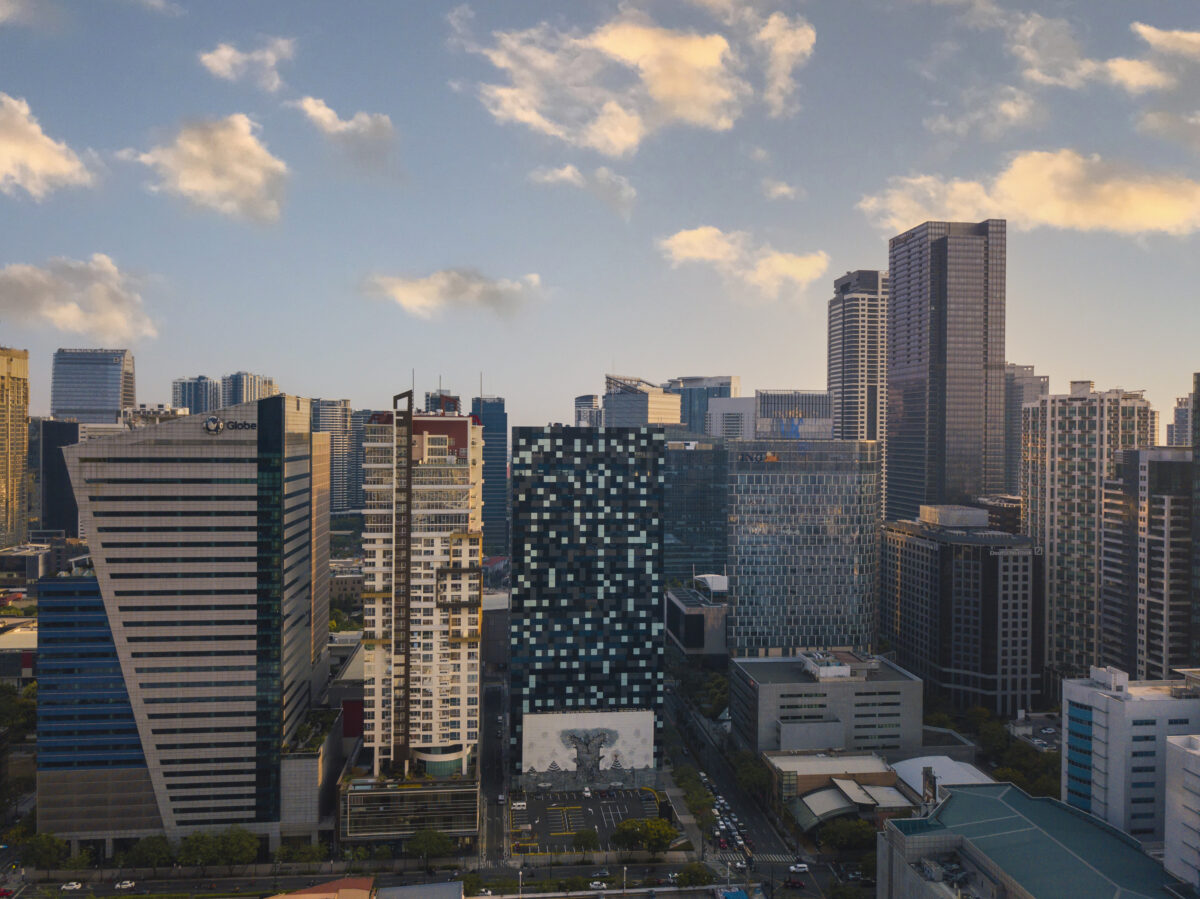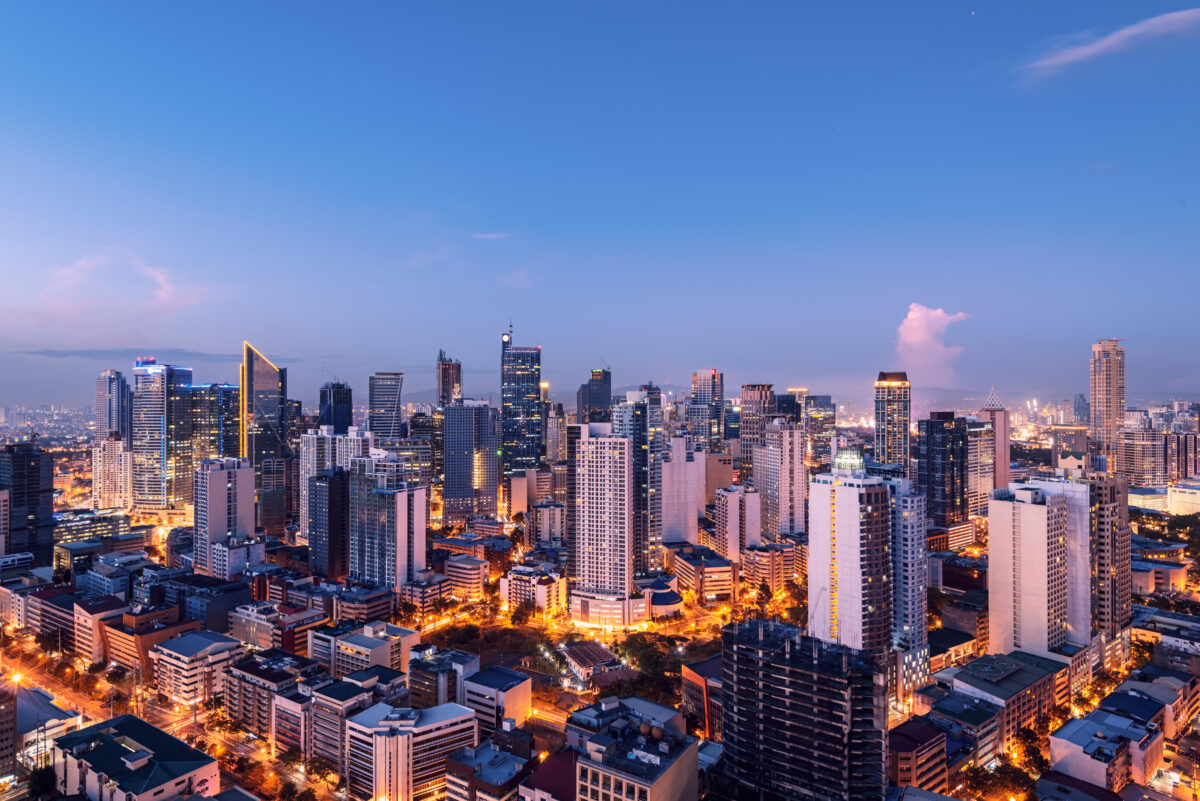In 1851, the Financial institution of the Philippine Islands was established, making it the primary financial institution within the Southeast Asia area. However how has the Philippines developed its monetary ecosystem since then?
With over 7,000 islands and a inhabitants of over 115 million, the Philippines noticed poverty charges decline from 23.3 per cent in 2015 to 18.1 per cent in 2021, regardless of the challenges of the covid-19 pandemic, in line with the World Financial institution. Additional findings from the World Financial institution, additionally discovered that the nation’s gross home product (GDP) per capita was round $3,950 establishing the nation as a low-middle revenue economic system.
Nonetheless, the panorama seems promising for the Philippines. The Affiliation of Southeast Asian Nations (ASEAN) has helped develop and diversify the economic system by making infrastructure investments. Additional time, the monetary providers business has grown, establishing a enterprise and processing workplace (BPO) within the nation which might rival India’s.
Authorities help
The metropolitan capital, Manila, is the monetary hub of the nation, though additionally it is the house for over 20 million folks. All through the years, there was quite a lot of help from the federal government, in addition to oblique initiatives, which have contributed to the nation’s digital transformation and monetary improvement.

Firstly, there have been varied nationwide financial improvement and digital methods to assist enhance financial development, monetary inclusion and requirements of residing. Maybe its largest achievement is the nation’s central financial institution, the Bangko Sentral ng Pilipinas (BSP), with its BSP Digital Funds Transformation Roadmap 2020-2023.
Different key components
Moreover, in June 2023, the BSP, supported by the Worldwide Finance Company (IFC) and the World Financial institution, launched the Open Finance PH Pilot. This marked a milestone within the institution of an open finance ecosystem for the nation.
The Philippine Statistics Authority (PSA) and the Division of Info and Communication (DICT) have additionally performed a giant half in creating digital infrastructure and the best way information is used throughout the nation. In June 2023, they launched the digital nationwide ID which can be utilized as legitimate proof of identification and age. Moreover, it may be offered in any authorities or non-public transactions. As of Might 2024, over 87 million Filipinos have already been registered.
In recent times, the Philippines has developed a excessive cell penetration fee at over 90 per cent and an web penetration fee of over 73 per cent. This has allowed extra customers to entry digital platforms and infrastructures retailers need to use.


Whereas the BSP has performed an important half in accelerating the nation’s economic system, the Safety and Trade Fee (SEC) Philippines has additionally had an affect, creating the Philippine Finance & Expertise (PhiliFintech) Innovation Workplace in 2021.
Notably, the Fintech Philippines Affiliation is the most important monetary know-how commerce affiliation within the nation.
Sectors of fintech flourishing
In response to the Philippines Fintech Report 2024 from Fintech Information Philippines, in partnership with Fintech Alliance PH with sponsorship from Alibaba Cloud and Zoloz, it’s estimated that funds corporations dominate the fintech ecosystem, with 35.4 per cent (116 corporations) of all fintech corporations being within the funds sphere. Lending is in second place with 22.2 per cent (73 corporations), remittances in third place with 9.1 per cent (35 corporations), and e-wallets at 7.1 per cent (29 corporations).
Nevertheless, the Philipino market is one to observe in relation to e-wallets. By 2025, the nation is predicted to surpass 80 million registered e-wallet accounts, reflecting a threefold enhance inside 5 years.
One other noteworthy subsector is digital banks. Though comparatively new to the Philippine ecosystem, as licenses are solely being granted by the BSP, six entities have obtained a digital banking license:
GoTyme BankOverseas Filipino BankMaya BankTonik Digital BankUNOBankUnionDigital Financial institution
Different examples of fintechs rising and succeeding within the Philippines embrace cost options GCash and Maya (formally PayMaya). Cryptocurrency has additionally seen improvement within the nation, evident from digital change and pockets Cash.ph.
Just lately GCash, made headlines in Asia because it was formally valued at $5billion following investments from Filipino conglomerates Ayala Company and Mitsubishi UFJ Monetary Group (MUFG).
Breaking down what cost choices there are within the Philippines, there was an inflow of cell cash and QR cost choices within the nation. In reality, many companies have built-in these options to play key roles. As early as 2021, over 1 / 4 of grownup Filipino customers had been utilizing QR code funds.
Funding
The Filipino fintech sector has additionally seen extra international direct funding (FDI) and worldwide commerce. As an illustration, South African Tyme Financial institution have expanded to the nation. Moreover, Center East and United Arab Emirates (UAE) headquartered Careem Pay (owned by ride-hailing superapp Dubai-headquartered Careem, which acquired acquired by Uber), expanded its worldwide remittance service to extend its accessibility to prospects within the Philippines.
Regardless of the nation’s progress, there may be nonetheless a lot work that must be achieved. The Philippines closely depends on remittances to make up its GDP: hundreds of thousands of its residents working abroad ship billions of {dollars} yearly again house. In reality, the nation is within the high 5 globally of largest recipients of remittances (the opposite 4 nations are Egypt, India, China and Mexico).
When it comes to monetary inclusion, the nation has dramatically improved as in 2021, solely 23 per cent of Filipinos had a checking account, whereas in 2024 this jumped to 56 per cent. Nevertheless, even with conservative estimates, by the top of this yr, at the very least 30 per cent of Filipinos will nonetheless be excluded.










